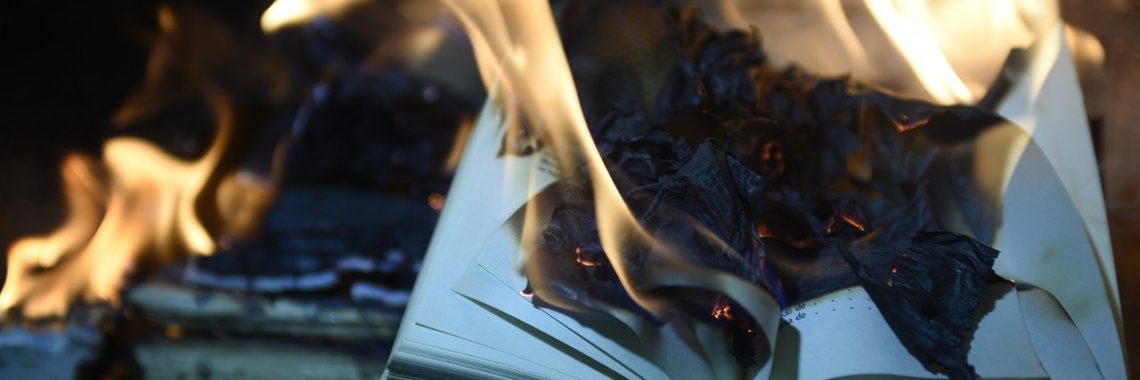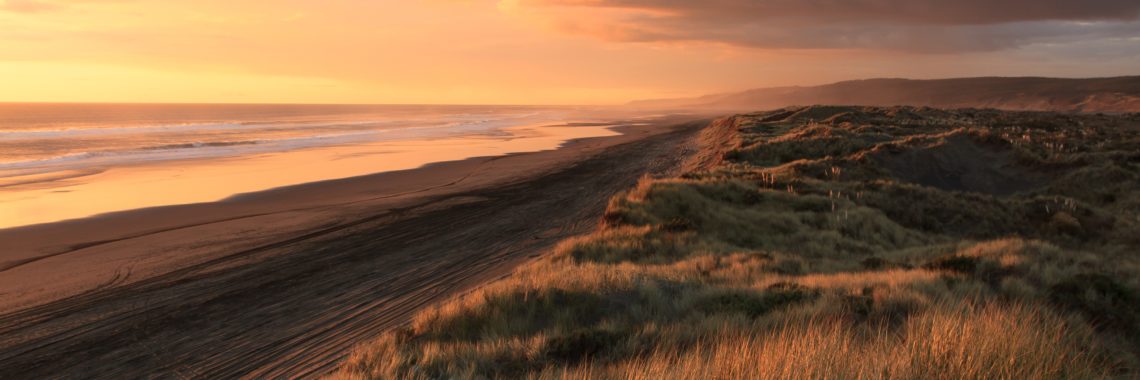“The COVID Heresy: Denying America’s Constitutional Theology During the Pandemic” by William E. Thro
Photo by Ben White on Unsplash. This article is part of our “Law and Religion Under Pressure: A One-Year Pandemic Retrospective” series.If you’d like to check out other articles in this series, click here. Constitutional theory and theology often intersect within a society. Theology may inform and influence constitutional assumptions and constitutional theory may shape some…









